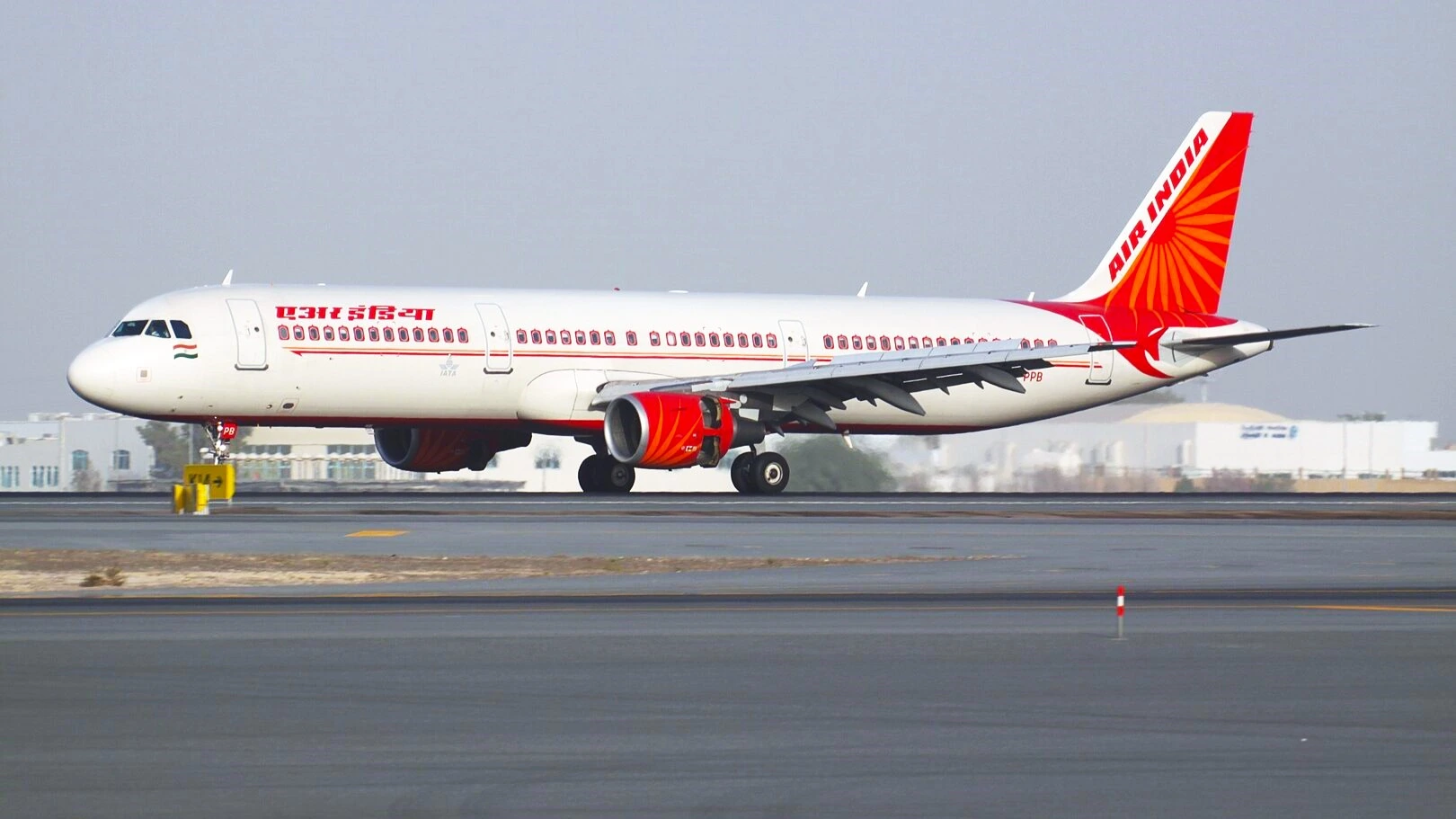 |
|
The Air India flight AI639 incident, involving a return to Mumbai due to a burning smell, highlights the paramount importance of safety protocols in the aviation industry. The prompt decision to return to the departure airport, despite the inconvenience to passengers, underscores the airline's commitment to prioritizing passenger well-being. The subsequent arrangement of a replacement aircraft demonstrates a proactive approach to minimizing disruption and ensuring that passengers reached their destination, albeit with a delay. This incident serves as a reminder that unforeseen circumstances can arise during flight operations, and the effectiveness of an airline's response is crucial in maintaining public trust and confidence. The safe landing of the aircraft and the absence of injuries are testament to the professionalism and expertise of the flight crew and ground staff. The swift communication of the incident to the public, through an official statement, also contributed to transparency and helped to dispel any potential rumors or misinformation. It is essential for airlines to continuously invest in training and maintenance programs to mitigate the risk of such incidents and to ensure the safety and comfort of passengers. Further investigation into the cause of the burning smell is necessary to prevent similar occurrences in the future. The incident also draws attention to the critical role of maintenance and the need for rigorous inspection schedules to identify and address potential issues before they escalate into safety hazards. The age of the aircraft, 15.5 years, while not inherently problematic, emphasizes the importance of meticulous maintenance and adherence to manufacturer's specifications. The CFM56-5B engines, powering the A321, are a common and reliable choice, but their performance must be regularly monitored to ensure optimal operation. In conclusion, the Air India flight AI639 incident serves as a valuable case study in risk management and emergency response within the aviation sector. It underscores the need for constant vigilance, proactive communication, and a steadfast commitment to safety at all levels of the organization.
The separate incident involving an unruly passenger on Air India flight AI454 from Amritsar to Delhi sheds light on the growing concern of disruptive behavior in the air. The verbal altercation and abusive conduct of the passenger posed a threat to the safety and comfort of fellow passengers and crew members. The cabin crew's prompt intervention in de-escalating the situation by relocating the affected passenger demonstrates their professionalism and training in handling challenging situations. The subsequent handover of the unruly passenger to ground security at Delhi Airport highlights the importance of collaboration between airlines and law enforcement agencies in maintaining order and security on board aircraft. Air India's reiterated zero-tolerance policy toward disruptive in-flight behavior sends a clear message that such conduct will not be tolerated and will be met with appropriate consequences. The airline's emphasis on crew safety and passenger well-being underscores its commitment to creating a safe and comfortable flying environment for all. The reference to DGCA regulations regarding passenger misconduct highlights the legal framework in place to address such incidents. The internal committee's evaluation and potential recommendation to place the offender on a no-fly list serve as a deterrent to future disruptive behavior. The increase in incidents of unruly behavior in the aviation sector reflects a broader societal trend of declining civility and increasing aggression. Airlines must invest in training programs to equip their crews with the skills and resources necessary to effectively manage such situations. Furthermore, stricter enforcement of regulations and penalties for unruly behavior are essential to deter potential offenders. The high-profile case in 2022 involving a New York–Delhi flight, which resulted in regulatory penalties for the airline, serves as a cautionary tale. The airline's delayed reporting of the incident and subsequent fine by the DGCA underscore the importance of transparency and accountability in addressing passenger misconduct.
The broader context of these two incidents highlights the complex challenges facing the aviation industry in India. While the country's aviation sector has experienced significant growth in recent years, it also faces increasing pressure to maintain safety and security standards. The Air India incidents serve as a reminder that even well-established airlines are not immune to unforeseen events and disruptive behavior. The need for continuous improvement in training, maintenance, and communication is paramount to ensuring the safety and comfort of passengers. Furthermore, the incidents underscore the importance of collaboration between airlines, regulatory agencies, and law enforcement in addressing safety concerns and passenger misconduct. The Directorate General of Civil Aviation (DGCA) plays a crucial role in overseeing the aviation industry and enforcing safety regulations. The DGCA's prompt investigation and imposition of penalties in the 2022 New York–Delhi flight incident demonstrate its commitment to holding airlines accountable for their actions. The incidents also highlight the need for greater public awareness of aviation safety regulations and the consequences of disruptive behavior. Passengers should be encouraged to report any concerns or suspicious activity to airline staff. Ultimately, creating a safe and secure flying environment requires a collective effort from airlines, regulatory agencies, law enforcement, and passengers themselves. By working together, the aviation industry can mitigate risks, prevent incidents, and ensure that air travel remains a safe and reliable mode of transportation. The advancements in technology and data analysis also present opportunities to improve safety and security measures, such as predictive maintenance and enhanced passenger screening. In conclusion, the Air India incidents serve as valuable lessons for the aviation industry and underscore the ongoing need for vigilance, collaboration, and continuous improvement.
Source: Air India Mumbai to Chennai Flight with A321 Makes U-Turn
